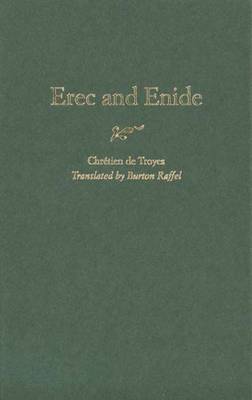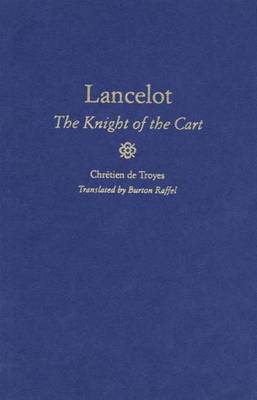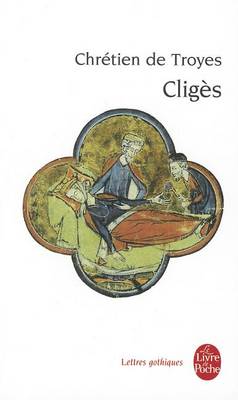Chretien de Troyes Romances
4 total works
Designed to help practising nurses and nursing students, this reference shows readers how to make a nursing diagnosis and write a care plan with ease and confidence. It demonstrates how to correlate nursing diagnoses with known information about clients on the basis of assessment findings, established medical or psychiatric diagnoses, and the current treatment plan. This extensively revised and updated 2003 edition presents up-to-date information on all NANDA-approved nursing diagnoses. Further integration of both the NIC and NOC taxonomies, evidence-based nursing interventions, home care, client/family teaching, and multicultural and geriatric considerations enhance the book's relevance to today's nursing students and practitioners.
"Erec and Enide", the first of five surviving Arthurian romantic poems by 12th-century French poet Chretien de Troyes, narrates a chapter from the legend of King Arthur. Chretien's romances became the source for Arthurian tradition and influenced countless other poets in England and on the Continent. Yet his swift-moving style is difficult to capture in translation, and today's English-speaking audiences remain largely unfamiliar with his poems. Now a translator of medieval verse has translated "Eric and Enide" in a three-stress metric verse form that fully captures the movement, the sense and the spirit of the Old French original. Burton Raffel's rendition preserves the subtlety and charm of a poem that is in turn serious, dramatic, bawdy, merry and satiric. "Erec and Enide" tells the story of Erec, a knight at King Arthur's court, whose retirement to domestic bliss with his beautiful new wife Enide takes him away from his chivalric duties. To regain his knightly honour, Erec sets out with Enide on a series of amazing adventures. Eric dispatches thieves and giants with prodigious strength and valour but treats his wife rather harshly for doubting his abilities.
When Enide is kidnapped by a robber baron, Erec revives from near-death to perform a courageous rescue, and at length the two are reconciled.
When Enide is kidnapped by a robber baron, Erec revives from near-death to perform a courageous rescue, and at length the two are reconciled.
The romantic poems of 12th-century French poet Chretien de Troyes were of immense influence across Europe - widely imitated, translated, and adapted. Giving rise to a tradition of story-telling that continues to this day, the poems established the shape of the nascent Arthurian legend. In this translation of "Lancelot", Burton Raffel brings to English language readers the fourth of Chretien's five surviving romantic Arthurian poems. This poem was the first to introduce Lancelot as an important figure in the King Arthur legend. "Lancelot" tells of the adulterous relationship between the knight and his mistress, Guinevere, the wife of King Arthur. Thematically this poem differs from Chretien's other romances - Lancelot and Guinevere'slove is a serious crime against their king, Lancelot casts aside his knightly ideals and reputation for the sake of his beloved. and Arthur is endowed with a weaker personality. Raffel has created a three-stress metric verse from that captures Chretien's narrative and old French.
In this translation of "Cliges", the second of five surviving Arthurian poems by 12th-century French poet Chretien de Troyes, Burton Raffel captures the original. In this poem, Chretien creates his most artful plot and paints the most starkly medieval portraits of any of his romances. The world he describes has few of the safeguards and protections of civilization: battles are brutal and merciless, love is anguished and desperate. "Cliges" tells the story of the unhappy Fenice, trapped in a marriage of constraint to the emperor of Constantinople. fenice feigns death, then awakens to a new happy life with her lover. Popular in their own time, each chapter of Chretien's great verse romances is a fast-paced psychologically oriented narrative. In a rational and realistic manner, Chretien probes the inner workings of his characters and the world they live in, evoking the people, their customs, and their values in clear, emotionally charged verse. "Cliges" is filled with Chretien's barbs and bawdiness, his humour and his pleasure, his affection and his contempt.
It is the work of a individualistic poet, brought to modern English readers by Raffel's poetic translation in a metric form invented specifically to reflect Chretien's narrative speed and tone.
It is the work of a individualistic poet, brought to modern English readers by Raffel's poetic translation in a metric form invented specifically to reflect Chretien's narrative speed and tone.



